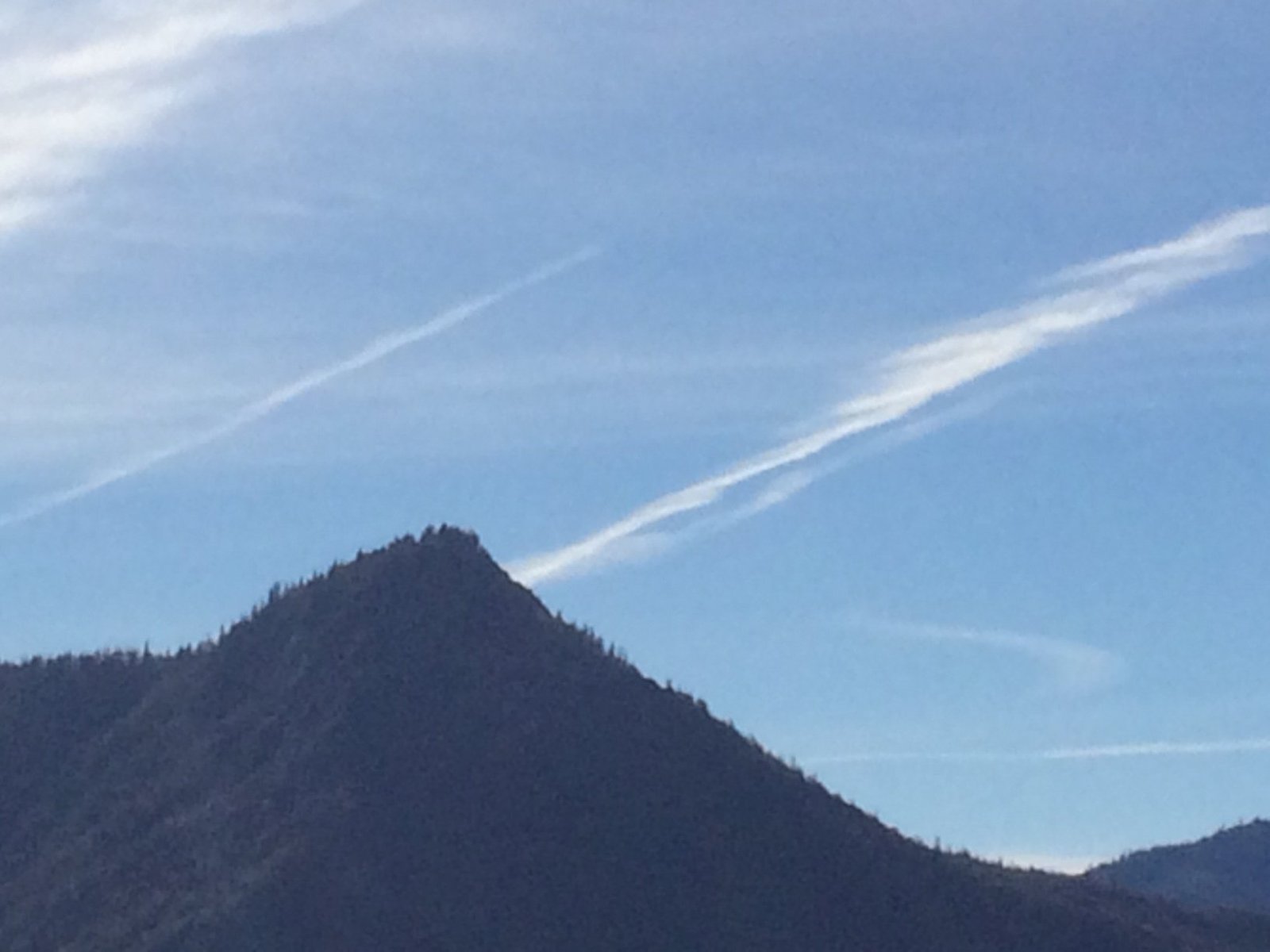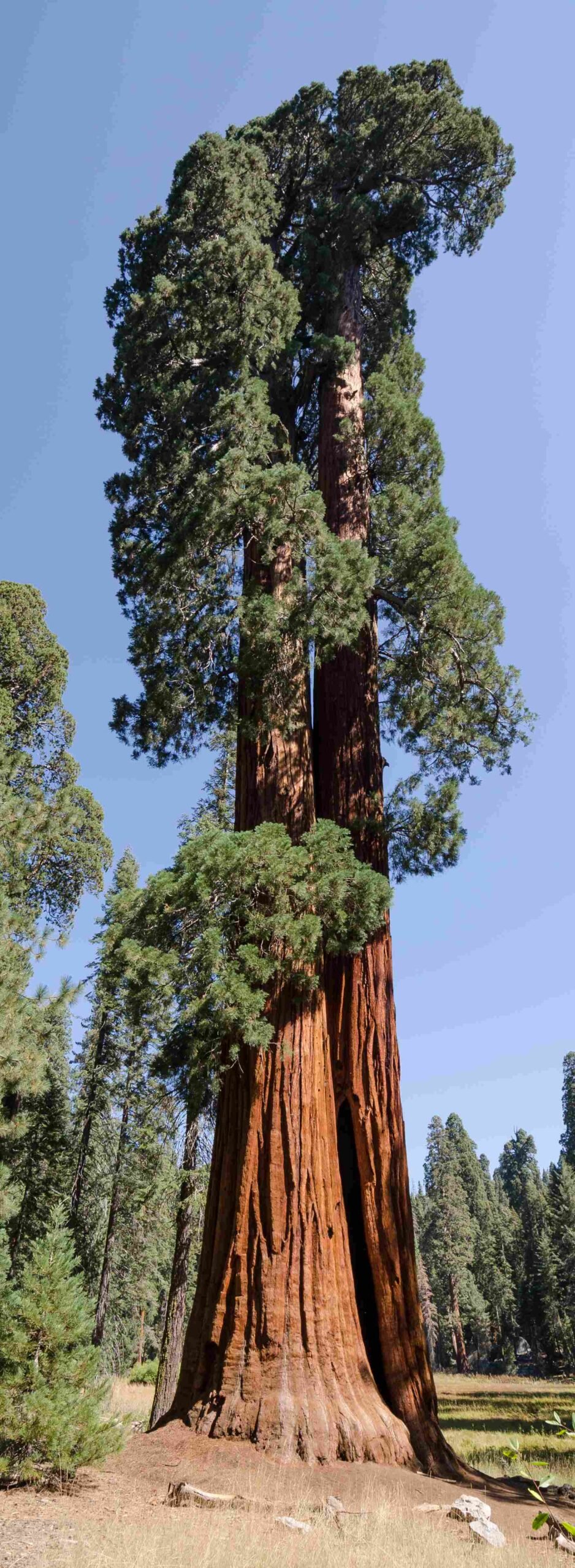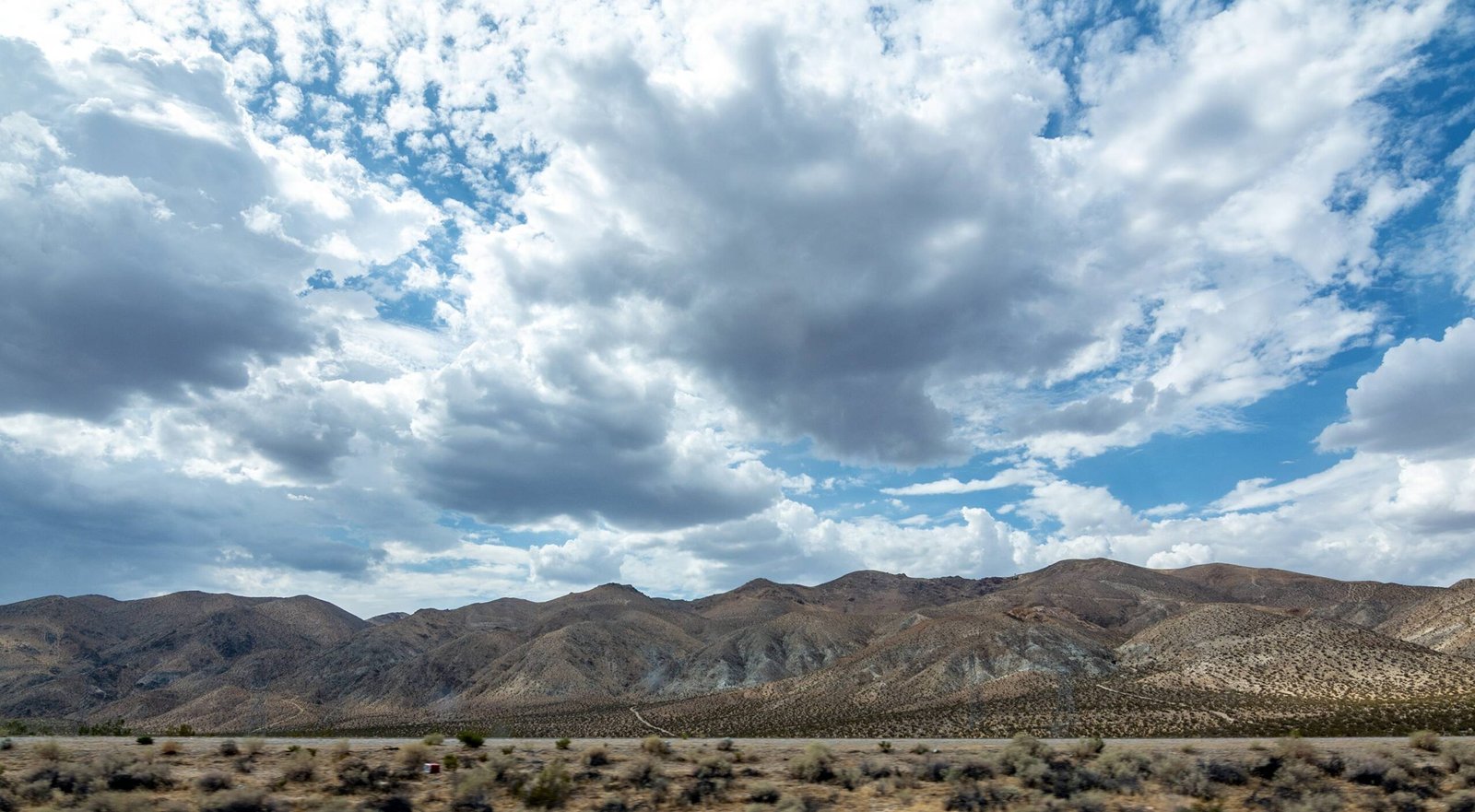Sequoia National Park is home to a thriving population of black bears, which are an integral part of the park’s ecosystem. These majestic creatures roam the forests, meadows, and mountainous terrain, playing a crucial role in maintaining the ecological balance. Visitors to the park often seek opportunities to observe these fascinating animals in their natural habitat, but it’s essential to understand their behavior, habitat preferences, and safety protocols to ensure a positive experience for both humans and bears.
What Are the Current Statistics on Black Bear Sightings in Sequoia National Park?

Black bear sightings in Sequoia National Park have been on the rise, particularly in popular camping areas. In 2021, there was a notable increase in bear encounters, with five reports of bears approaching people in just one week. This surge in sightings has been attributed to several factors:
- Increased visitor numbers during peak tourist seasons
- Bears becoming habituated to human presence
- Improper food storage practices by some visitors
The most frequent bear sightings occur in the following locations:
- Rae Lakes Loop
- Lodgepole camping area
- General’s Highway
Peak seasons for bear encounters typically align with the summer months when visitor numbers are at their highest. While bears can be active at any time of day, most encounters happen during daylight hours when human activity is more prevalent.
How Do Black Bears Behave in Sequoia National Park?

Understanding black bear behavior is crucial for visitors to Sequoia National Park. These intelligent animals have complex social structures and feeding habits that influence their interactions with humans and the environment.
Feeding Habits
Black bears in Sequoia National Park are omnivores with a diverse diet that includes:
- Sugar pine cones
- Berries
- Acorns
- Green meadow grasses
- Insects
- Occasionally small mammals
However, human food can become a significant attraction for bears, leading to food conditioning. This occurs when bears associate humans with easy access to food, which can result in more frequent and potentially dangerous encounters.
Social Structures
Black bears are generally solitary animals, with a few exceptions:
- Mothers with cubs
- Mating pairs during breeding season
- Siblings that may stay together for a short period after leaving their mother
Female bears may share territory with their cubs, teaching them essential survival skills and foraging techniques.
Human Interactions
The story of bear L-13 in Sequoia National Park serves as a cautionary tale about the dangers of bears becoming habituated to human food. This bear lost its natural fear of humans due to repeated exposure to human food sources, leading to increasingly bold and aggressive behavior.
What Safety Tips Should Tourists Follow When Encountering Black Bears?
When visiting Sequoia National Park, it’s essential to prioritize safety for both yourself and the bears. Here are some crucial tips to follow:
-
Maintain a safe distance: Always keep at least 100 yards between yourself and any bear you encounter.
-
Proper food storage: Use bear-resistant food storage containers and never leave food unattended.
-
Trash management: Dispose of trash in designated bear-proof receptacles or pack it out with you.
-
Vehicle precautions: Never leave food or scented items in your vehicle, as bears can easily break in.
-
Hiking safety: Make noise while hiking to alert bears of your presence and avoid surprising them.
-
Emergency procedures: If a bear approaches, stand your ground, make yourself look big, and make loud noises.
| Encounter Scenario | Recommended Action |
|---|---|
| Bear at a distance | Slowly back away, maintain visual contact |
| Bear approaches | Stand ground, wave arms, shout “Go away, bear!” |
| Bear charges | Stand ground, use bear spray if available |
| Bear attacks | Fight back with all available means |
Where Do Black Bears Live in Sequoia National Park?
Black bears in Sequoia National Park have specific habitat preferences that visitors should be aware of:
Preferred Environments
- Wooded areas with dense vegetation
- Regions with abundant natural food sources
- Areas near water sources like streams and lakes
Elevation Ranges
Black bears in the park are typically found at elevations between 4,000 to 8,000 feet. This range encompasses:
- Lower montane forests
- Mixed conifer forests
- Subalpine zones (at the upper limit)
Notable Geographical Features
The diverse terrain of Sequoia National Park provides ideal habitats for black bears:
- Dense forests of giant sequoias and other conifers
- Open meadows rich in grasses and berries
- Rocky outcroppings and cliffs that offer denning sites
- River valleys and canyons with varied vegetation
Understanding these habitat preferences can help visitors anticipate where they might encounter bears and take appropriate precautions.
How Has Human Activity Affected Black Bear Populations in Sequoia National Park?
Human activity has had a significant impact on black bear populations in Sequoia National Park:
- Food conditioning: Easy access to human food has altered natural foraging behaviors.
- Habitat encroachment: Increased development and visitation have reduced available natural habitats.
- Vehicle collisions: Bears are at risk of being struck by vehicles on park roads.
- Waste management challenges: Improper trash disposal attracts bears to human areas.
Park management has implemented various strategies to mitigate these issues:
- Strict food storage regulations
- Educational programs for visitors
- Bear-proof trash receptacles
- Speed limit enforcement on park roads
What Role Do Black Bears Play in Sequoia National Park’s Ecosystem?
Black bears are keystone species in Sequoia National Park, playing crucial roles in the ecosystem:
- Seed dispersal: Bears spread seeds through their scat, aiding in plant regeneration.
- Nutrient cycling: Their foraging and waste contribute to soil enrichment.
- Population control: Bears help regulate prey species populations.
- Ecosystem engineering: Their digging and foraging activities create microhabitats for other species.
Understanding the ecological importance of black bears reinforces the need for their conservation and the maintenance of their natural behaviors.
How Can Visitors Contribute to Black Bear Conservation in Sequoia National Park?
Visitors to Sequoia National Park can play a vital role in black bear conservation:
- Follow park regulations: Adhere strictly to food storage and waste disposal rules.
- Report sightings: Inform park rangers of bear sightings to help with monitoring efforts.
- Educate others: Share knowledge about bear safety and conservation with fellow visitors.
- Support conservation programs: Participate in or donate to bear conservation initiatives.
- Practice responsible photography: Never approach or bait bears for photos.
By taking these steps, visitors can help ensure that Sequoia National Park remains a safe and thriving habitat for black bears for generations to come.
References:
1. https://www.yourcentralvalley.com/news/several-bear-sightings-in-one-week-at-sequoia-kings-canyon-national-parks/
2. https://www.reviewjournal.com/life/black-bears-life-death-story-proves-a-cautionary-tale-at-sequoia-national-park/
3. https://www.nps.gov/samo/learn/news/national-park-service-biologists-capture-a-black-bear-in-santa-monica-mountains-national-recreation-area.htm

